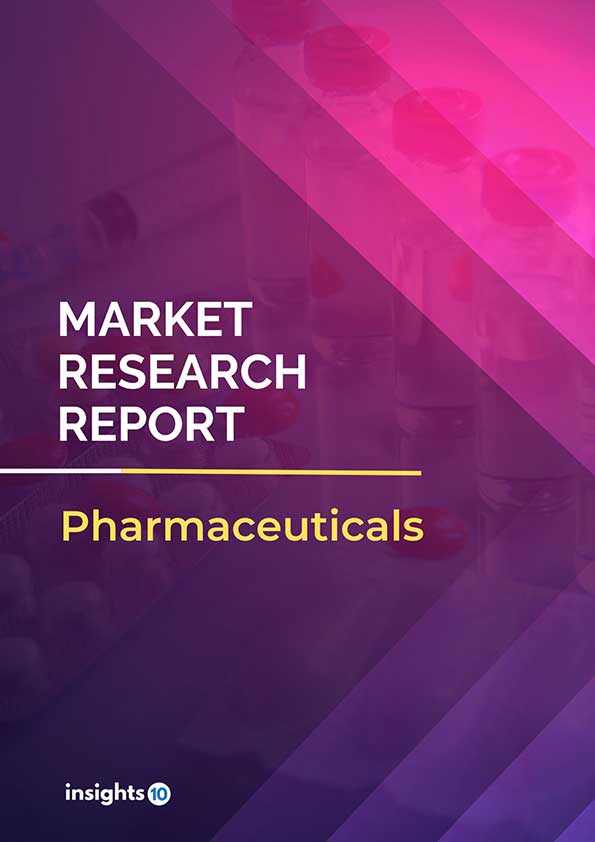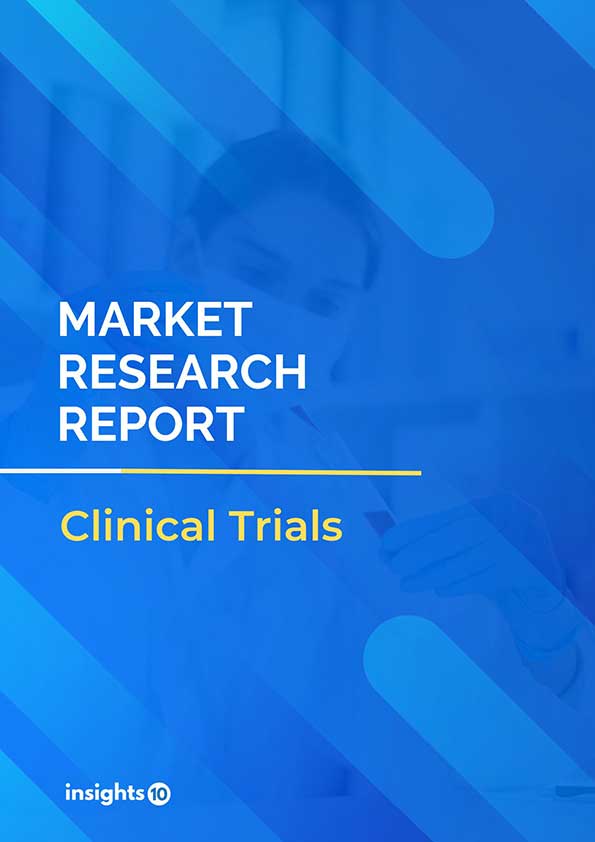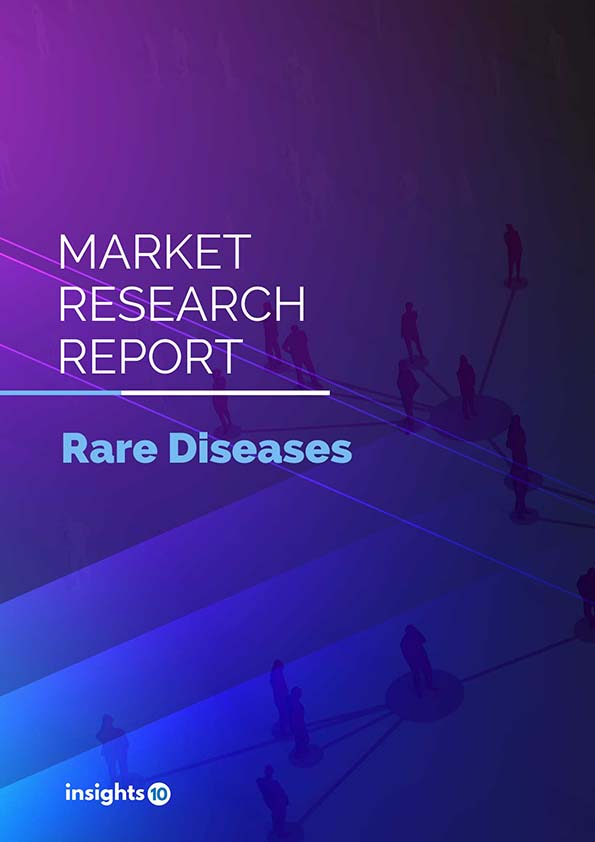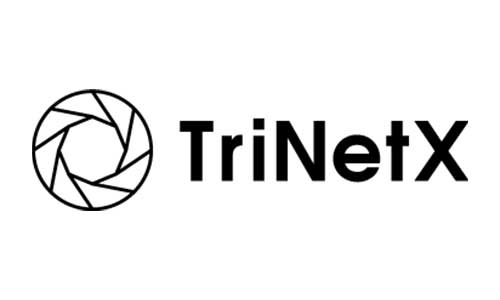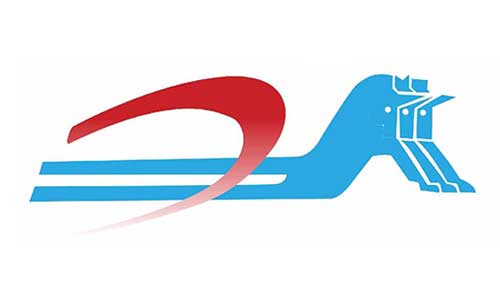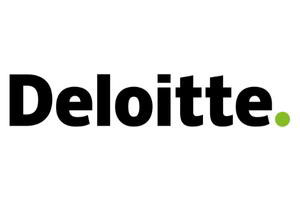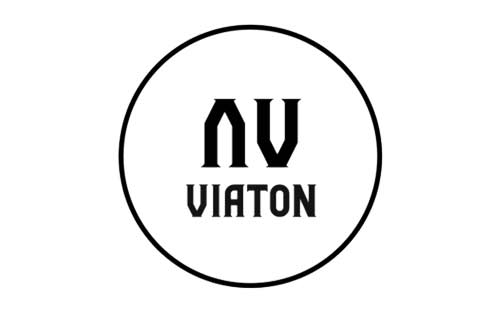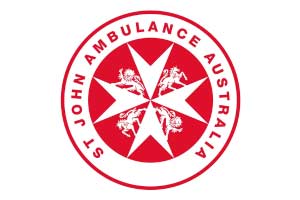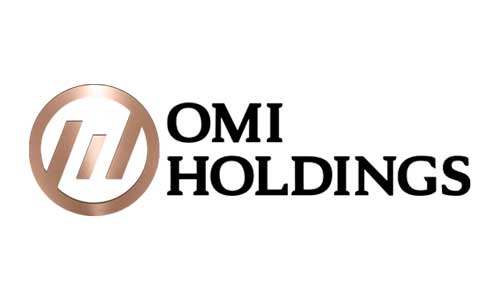Canada Liver Cancer Therapeutics Market Analysis
Canada's liver cancer therapeutics market is likely to grow at a CAGR of 17.6% from a market size of $234 Mn in 2022 to $857 Mn in 2030. The increase in awareness among the people regarding the disease and the increasing prevalence of the disease drives the market growth This report is segmented by treatment, type, equipment, route of administration, and the end user. Some key players in this market include Bayer, Bristol-Myers & Squibb, Pfizer, Merck, Roche, Eli Lilly, and others.
Buy Now

Canada Liver Cancer Therapeutics Market executive summary
The Canada Liver Cancer Therapeutics market size is at around $234 Mn in 2022 and is projected to reach $857 Mn in 2030, exhibiting a CAGR of 17.6% during the forecast period 2022-2030. Canada is one of the biggest nations in the world and the biggest in the western hemisphere. It has a robust free-market economy with a wide range of businesses, from small owner-managed businesses to large international organizations. One of the main causes of death is liver cancer. In Canada, there are more new cases of liver cancer. Corresponding to this, from the middle of the 1990s, liver cancer fatality rates have considerably climbed. Hepatocellular carcinoma (HCC), which accounts for more than 80% of liver cancer cases, is the fourth most frequent cancer fatality worldwide. In contrast to Africa, Southeast Asia, and China, where it may account for up to 50% of tumors, liver cancer accounts for less than 1% of all cancers in North America. This geographical disparity may be explained by the high prevalence (the number of persons affected by the disease) of cirrhosis and hepatitis B virus infection in certain regions.
According to projections, in 2022: Liver cancer will be discovered in 3,500 Canadians. Liver cancer will take the lives of 1,650 Canadians. 1,350 men will pass away from liver cancer, which will affect 2,700 males. Liver cancer will be found in 840 women, and it will take the lives of 340 of them. Depending on the type of liver cancer diagnosed and the stage at which it is discovered, the prognosis varies greatly. Estimated liver cancer survival rates after five years are around 19 percent. The risk of each of the numerous kinds of liver cancer varies. Hepatocellular carcinoma is the most frequent kind, followed closely by cholangiocarcinoma. Early diagnosis of liver cancer can boost a patient's chance of survival, however, due to the absence of reliable diagnostic procedures, patients are frequently identified at advanced stages of the disease or after cancer has spread to other body organs.

Market Dynamics
Market Growth Drivers
The rising incidence of liver cancer, increased investments in research & development for the creation of novel medicines, and government programs to raise cancer awareness are the main drivers influencing the market growth. In 2021/22, roughly 4% of the money invested by the TFRI (Terry Fox Research Institute) supported liver cancer research. This added up to a total investment of $559,000. Any sort of alcohol consumption raises the risk of colorectal, head and neck, stomach, pancreatic, and liver cancers. According to the ComPARe study, which was supported by the Canadian Cancer Society, if more Canadians reduced their alcohol consumption, 44,300 cancer cases could be avoided by 2042. The global market for liver cancer treatments is driven by an aging population, unmet medical needs for treating liver cancer, cancer-related medicinal discoveries, expanding government initiatives, an increase in cancer cases, and rising healthcare costs.
Market Restraints
When cancer cells are treated with a high dose of medications, the tumor cells are destroyed and the normal body cells are more severely damaged. Many people experience a variety of adverse effects as a result, including gastrointestinal issues, hair loss, exhaustion, skin issues, etc. As a result, severe side effects related to oncology medications are hurting the development of the global market for pharmaceuticals to treat liver cancer. Another thing preventing the market from expanding is the regulatory agencies' stringent rules on clinical research.
Competitive Landscape
Key Players
- Bayer
- Bristol-Myers & Squibb Company
- Pfizer
- Merck
- Roche
- Eli Lilly
- Eisai
- Sanofi
Healthcare Policies and Regulatory Landscape
The regulation of payments for medicines, and medical devices in Canada is the responsibility of the national, provincial, and private sectors. Under the Health Act, any necessary pharmaceutical therapy provided in a hospital setting in Canada is safeguarded and funded by the government. Several programs provided by the Canadian government might assist you in meeting your financial obligations when you or a loved one battle cancer. The Canadian Cancer Society collaborates with the government to implement beneficial public policies that will help people live healthier lives and avoid cancer.
1. Executive Summary
1.1 Disease Overview
1.2 Global Scenario
1.3 Country Overview
1.4 Healthcare Scenario in Country
1.5 Patient Journey
1.6 Health Insurance Coverage in Country
1.7 Active Pharmaceutical Ingredient (API)
1.8 Recent Developments in the Country
2. Market Size and Forecasting
2.1 Epidemiology of Disease
2.2 Market Size (With Excel & Methodology)
2.3 Market Segmentation (Check all Segments in Segmentation Section)
3. Market Dynamics
3.1 Market Drivers
3.2 Market Restraints
4. Competitive Landscape
4.1 Major Market Share
4.2 Key Company Profile (Check all Companies in the Summary Section)
4.2.1 Company
4.2.1.1 Overview
4.2.1.2 Product Applications and Services
4.2.1.3 Recent Developments
4.2.1.4 Partnerships Ecosystem
4.2.1.5 Financials (Based on Availability)
5. Reimbursement Scenario
5.1 Reimbursement Regulation
5.2 Reimbursement Process for Diagnosis
5.3 Reimbursement Process for Treatment
6. Methodology and Scope
Liver Cancer Therapeutics Segmentation
By Type (Revenue, USD Billion):
- Hepatocellular Carcinoma
- Cholangio Carcinoma
- Hepatoblastoma
- Other Types
By Treatment (Revenue, USD Billion):
- Chemotherapy
- Immunotherapy
- Targeted Therapy
- Radiation Therapy
- Ablation Therapy
- Embolization Therapy
By Equipment (Revenue, USD Billion):
- Computed Radiography
- MRI
- Sonography
- Others
By Route of Administration (Revenue, USD Billion):
- Oral
- Intravenous
By End User (Revenue, USD Billion):
- Hospitals
- Clinics
- Ambulatory Surgical Centers
Methodology for Database Creation
Our database offers a comprehensive list of healthcare centers, meticulously curated to provide detailed information on a wide range of specialties and services. It includes top-tier hospitals, clinics, and diagnostic facilities across 30 countries and 24 specialties, ensuring users can find the healthcare services they need.
Additionally, we provide a comprehensive list of Key Opinion Leaders (KOLs) based on your requirements. Our curated list captures various crucial aspects of the KOLs, offering more than just general information. Whether you're looking to boost brand awareness, drive engagement, or launch a new product, our extensive list of KOLs ensures you have the right experts by your side. Covering 30 countries and 36 specialties, our database guarantees access to the best KOLs in the healthcare industry, supporting strategic decisions and enhancing your initiatives.
How Do We Get It?
Our database is created and maintained through a combination of secondary and primary research methodologies.
1. Secondary Research
With many years of experience in the healthcare field, we have our own rich proprietary data from various past projects. This historical data serves as the foundation for our database. Our continuous process of gathering data involves:
- Analyzing historical proprietary data collected from multiple projects.
- Regularly updating our existing data sets with new findings and trends.
- Ensuring data consistency and accuracy through rigorous validation processes.
With extensive experience in the field, we have developed a proprietary GenAI-based technology that is uniquely tailored to our organization. This advanced technology enables us to scan a wide array of relevant information sources across the internet. Our data-gathering process includes:
- Searching through academic conferences, published research, citations, and social media platforms
- Collecting and compiling diverse data to build a comprehensive and detailed database
- Continuously updating our database with new information to ensure its relevance and accuracy
2. Primary Research
To complement and validate our secondary data, we engage in primary research through local tie-ups and partnerships. This process involves:
- Collaborating with local healthcare providers, hospitals, and clinics to gather real-time data.
- Conducting surveys, interviews, and field studies to collect fresh data directly from the source.
- Continuously refreshing our database to ensure that the information remains current and reliable.
- Validating secondary data through cross-referencing with primary data to ensure accuracy and relevance.
Combining Secondary and Primary Research
By integrating both secondary and primary research methodologies, we ensure that our database is comprehensive, accurate, and up-to-date. The combined process involves:
- Merging historical data from secondary research with real-time data from primary research.
- Conducting thorough data validation and cleansing to remove inconsistencies and errors.
- Organizing data into a structured format that is easily accessible and usable for various applications.
- Continuously monitoring and updating the database to reflect the latest developments and trends in the healthcare field.
Through this meticulous process, we create a final database tailored to each region and domain within the healthcare industry. This approach ensures that our clients receive reliable and relevant data, empowering them to make informed decisions and drive innovation in their respective fields.
To request a free sample copy of this report, please complete the form below.
We value your inquiry and offer free customization with every report to fulfil your exact research needs.
